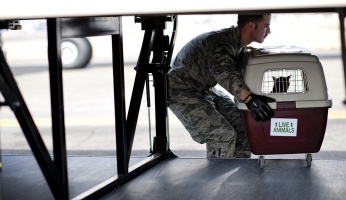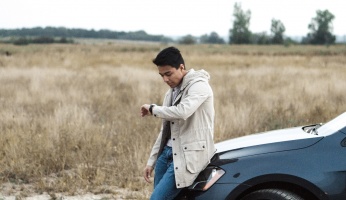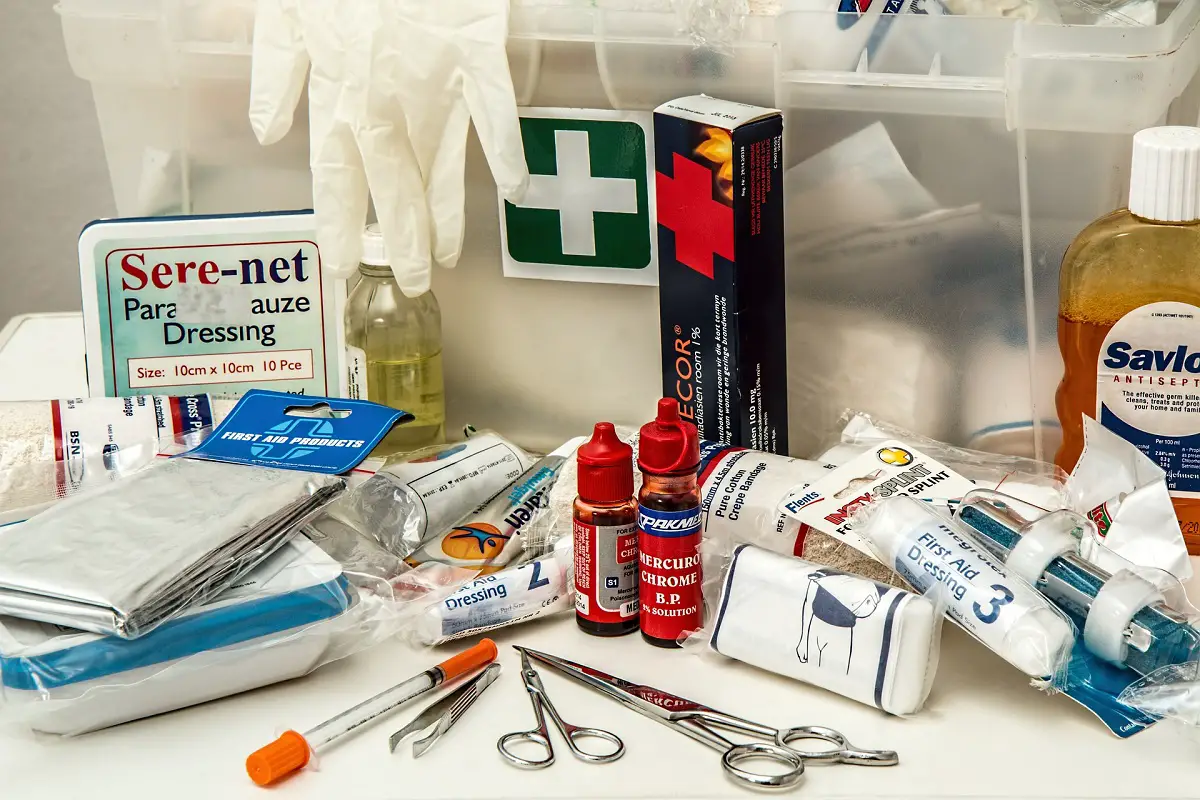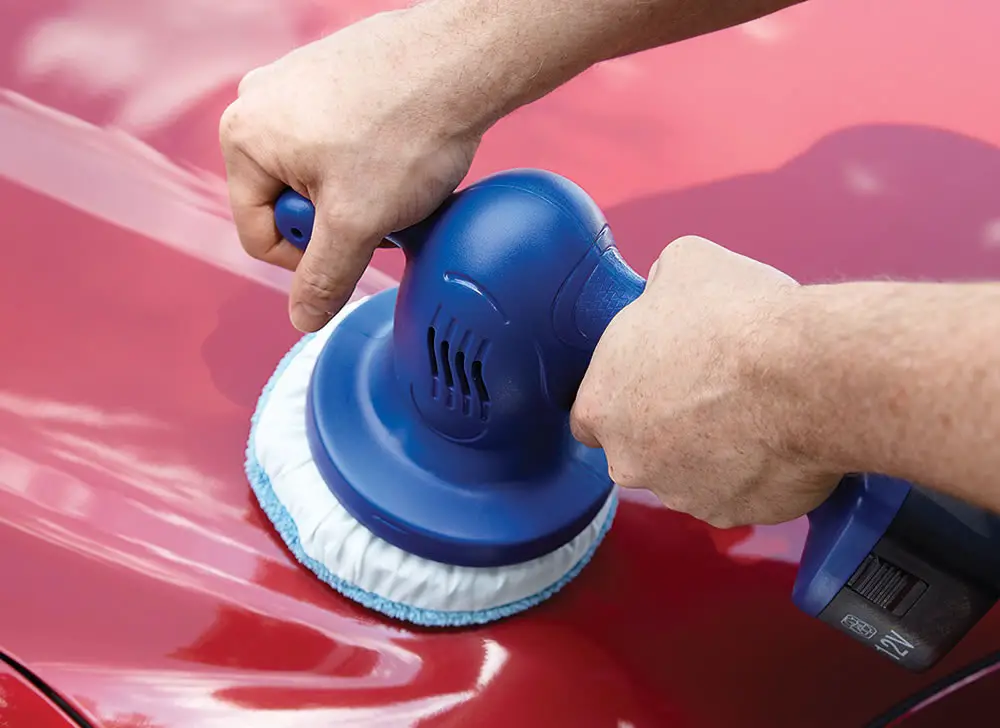Mountain Driving: 7 Must-Know Safety Tips
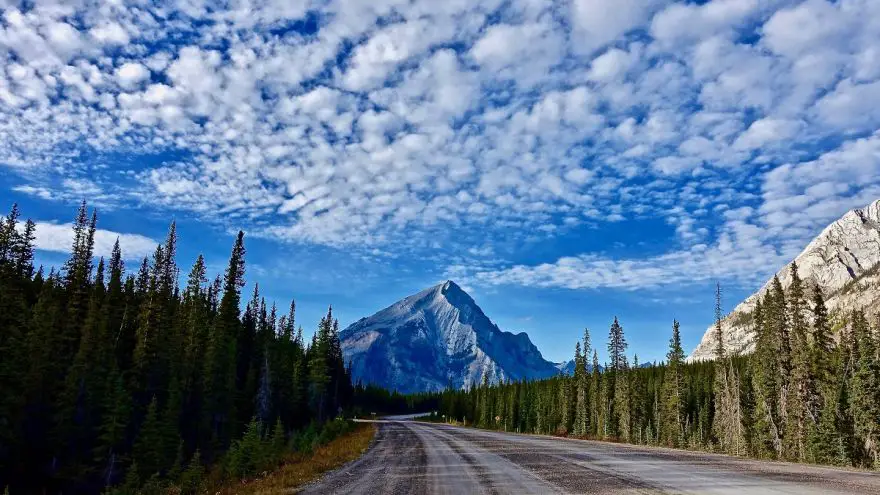 Mountain Driving: 7 Must-Know Safety Tips
drivrzone.com
Mountain Driving: 7 Must-Know Safety Tips
drivrzone.com
Mountain drives can be some of the most spectacular adventures you can get to in a car. When driving on the mountain, you’ll have a panoramic view of the whole environment from an astonishing point of view.
Unfortunately, mountain drives are not always entertaining and interesting, and we’re not talking about the view anymore. A family trip or an adventure on wheels can quickly turn into a mess in an environment like the mountains. This ultimately depends on the driving conditions that the mountain presents.
Before heading into the mountains looking for an unforgettable trip, you must be aware that these paths are likely very different from your average road. Ignoring the risks and not being able to identify specific hazards may cause your road trip to backfire. The mountain journey is not one that you should take without certain experience and precautions.
That being said, we’ve compiled a list of useful and important tips that will help you enjoy the ride with the least risks. Let’s get right into it.
1) Analyze the Road

Are there animals crossing on a specific area? Is there a considerably-sized hole somewhere along the road? You want to have these answer before it’s too late.
Nothing is more important than having a solid understanding of the path that you’ll be taking. A mountain drive is much, much different when you already know the way and the potential obstacles or hazards that may be presented. When going through a mountain that is new to you, you can’t possibly have a clue of what to expect.
Knowing the road doesn’t necessarily involve having gone through it in the past. In the web era we live in, there are a thousand and one ways in which you can inform yourself about the driving conditions of nearly any registered mountain road. This information is, literally, at the reach of your finger tips. Squeeze all you can out of it.
A quick Google search can reveal critical information that can alter the result of your trip completely. Something as simple as checking your phone before the trip may unveil hazardous segments of the road, particularly uneven areas, as well as the areas where accidents have happened in the past.
There’s no such thing as too much information in a case like this. Get as much of it as you need, it’s free, and the more of it, the safer your ride can be. Taking someone who’s driven that way is an excellent idea as well.
2) Ensure You Have the Right Equipment
The mountain is the last place where you want to have an accident. If you have one, though, you’ll want to count with all the necessary tools to get back on track (or temporarily, at least). There likely won’t be any sort of help station near by, and you can’t count on someone else to opportunely appearing to help.
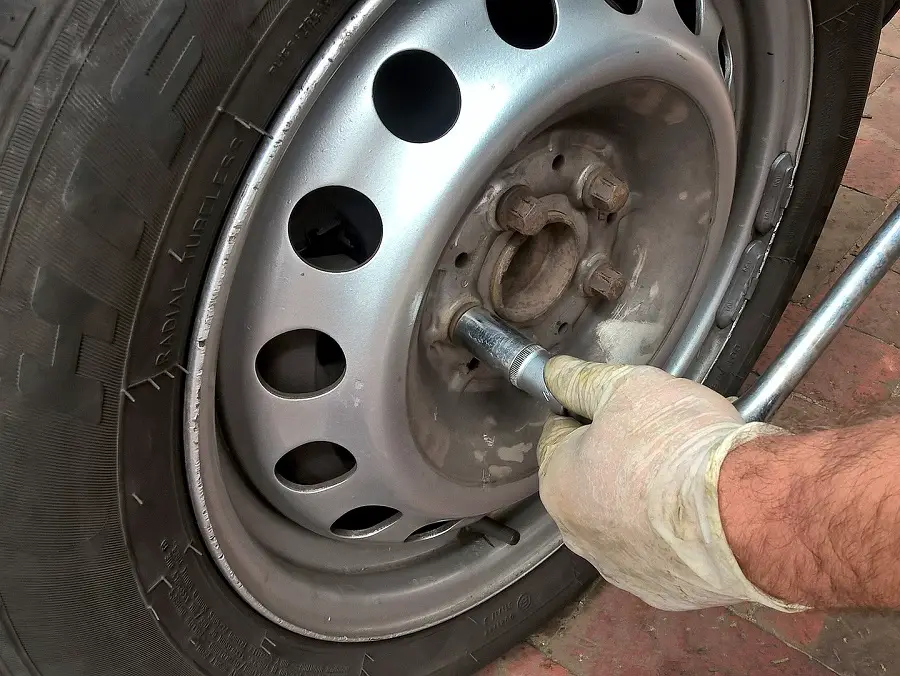
But, by equipment we don’t only mean the one you use to fix the accidents; helping prevent accidents is arguably more important. Aside from the necessary tools to change a busted tire, you want to count with an adequate tire to begin with.
Make sure that your tires are in acceptable conditions for the mountain. If you’ve had any sort of issues not long before the trip, just don’t. Get checked any important details before heading up. That being said, a tank full of gasoline is another indispensable tool. You can’t afford to run out over there.
Your vehicle tools should be in your car at all times, not just when going on mountain drives. If for some reason you lack a tool, we highly recommend finding a temporary replacement for that, at least until you’re back from the mountain.
Being stranded without tools will not only ruin your trip. It’ll make you a potential obstacle for other drivers, and it’ll cost an important amount of money to hire any sort of service to lift your car off the mountain and back home.
3) Avoid Shortcuts
You’d be surprised by how many times I’ve ended up going on mountain trips with people taking shady shortcuts. In general, shortcuts are never a good idea in mountain drives. It’s very likely that mountain shortcuts are in poor condition. If they were ideal for vehicle transit, then that way would be the main road.
Stick to the road, even if you think you know the shortcut well enough, even if you have a clear visual evaluation of the surroundings. There are a thousand factors that you won’t be able to evaluate at simple sight, such as a loose part of the way. The minutes you’ll save don’t nearly compare to the risks and consequences you may be facing.
Mountains are no place for rushes. Not only because you’re completely off the normal surface level (which should be enough reason); mountain roads may be much poorer in quality due to the harsh construction circumstances. I’m talking about roads that may be slimmer than normal, where you may make it harder for another vehicle to maneuver.
4) Give Other Drivers Margin for Error
Now matter how good of a driver you are, how many times you’ve driven over that mountain, or anything else, you must always keep other drivers in mind. You may be following the safety protocols and best driving practices to perfection, without a single mistake, and yet still be exposed. This is because a car accident may involve multiple parties.
For as unfair and unfortunate as it sounds, the decisions of other drivers will always have an impact on your safety. There’s just no way around it. This is even truer in environments like the mountain, where many drivers make the mistake of thinking they’re the only vehicle in the area.
Other drivers are likely to make a mistake, and if they do, you’ll be glad you took even further precautions. Anticipate disaster, trust no path you can’t see the end of, and part from the basis that any other vehicle has a bad driver. This way you won’t get caught off-guard assuming the other person would follow safe protocols.
Instead of assuming you’re the only one taking that pronounced curve, assume there’s a big truck coming from the opposite direction. This way, you take further precautions, rather than less.
Think beyond what is legal and correct when driving on the mountain, because not all drivers stick to what is legal.
5) Take Turns with Experienced Drivers
The ideal mountain drive consists of at least two people who have some sort of experience in mountain driving. Don’t get it wrong – mountain driving isn’t rocket science, but it’s always good to have someone who knows the drill.
By the end of this article, you’ll be much closer to being that guy (isn’t that why you’re here?). But, the circumstances of a mountain drive also depend on factors like its length, inclination, and so on. This is why it’s always good to have another of those guys. Mountain driving can be more exhausting than you expect, and it’s always easier to split a long task between two people.

Aside from physical and visual fatigue, you’ll get “bored of driving” after some time. This doesn’t make you a bad driver, but you simply won’t have the same psychological disposition for driving as when you left. Split the drive in multiple parts and take turns behind the wheel as you see fit.
Needless to say, you won’t let just anyone behind the wheel. Make sure it’s someone who knows what they’re doing, and that you preferably have seen them drive in the past. The middle of a mountain drive is no place to start trying your luck with people that may not drive as they say.
6) Ensure You Have Some Communication Method

In order to prepare yourself for any possible outcome, you can’t count on variables that aren’t solid. For example, thinking that, if you have any kind of accident, someone is likely to come around and give you a hand. You must think the exact opposite, and believe it or not, that will make you safer, because you’ll take further measures.
The ideal thing would be to count with fully-charged mobile devices, with active signal and mobile data. Note that you may not count with phone signal on certain areas of your drive, or beyond certain point. Thus, it’s always a smart idea to keep someone updated on your progress.
Choose an amount of miles (x) proportional to the length of the trip, and text someone every (x) miles with your location and your direction. This way, if you didn’t make it to your destination for whatever reason, and weren’t able to reach out, at least somebody knows approximately where you may be, and which way you took.
Creating these “checkpoints” may look silly, I mean, it’s just a mountain drive, right? No. It has saved lives, and is a widely-embraced safety protocol for long drives. Do it.
7) Follow Good Driving Practices
I know – nobody was thinking on doing the opposite. But you can be surprised by how the simplest things and easiest to remember are, in some cases, the ones ignored the most. We’re not going over each aspect of safe driving, but we’ll touch some points that are known for causing the most mountain road accidents.
Road signs
Unquestionably your best friends along the road. These will provide you with the most valuable information you possibly get from the road. This is no longer the city, where you see the same signs all day, everyday, and thus you’re used to ignoring them. You don’t want to miss a single one of those along the road.
Remember that you’re likely on a remote road that doesn’t get much maintenance. If you see a partially-wrecked road sign that you can’t distinguish, take your time, slow down if you need to. It may be a silly “curve ahead” sign, or a rock-sliding warning that may save your life. In the latter case, you’ll want to find out before you actually get there.

A blind curve is one whose end can’t be seen (because it curves behind the mountain). Always create some sort of warning or alert when taking a blind curve, specially as they get more pronounced. You never know when a vehicle is taking the exact same curve in opposite sense, and if they’re distracted, all of your precautions are useless.
If it’s daylight, hit the honk before the curve. This way, anybody coming from the other side will know that you’re about to take the same curve as well. If it’s nighttime, your lights should be enough, but flickering them before the curve won’t kill you (it’ll make you safer actually). If for some strange and very unsafe reason your lights don’t work, honking will do as well.
Warning triangle
This one is your best friend after an accident. Make sure you’re taking one with you, as it’s the only way other drivers can know that there’s an accident ahead. In the unfortunate case that you need it, place it at a considerable distance so drivers have time to react. If you’re stopped on a blind curve, and can’t move, put the triangle as close to the beginning of the curve as possible.
If you don’t have your triangle, you’re opening yourself to a further (and worse) accident. The same remains true if you place it too close to your car. If you don’t give other drivers enough time to react, they’ll just smash you from behind, so keep that in mind when setting your triangle’s distance. The sooner they know, the better.
Sources
- Wikipedia – Road Traffic Safety
- Driving Tests – 7 Tips to Stay Safe While Driving on Curvy Roads
- National Park Service – Mountain Driving

